Workforces, processes, and advances in technology are constantly changing and evolving industries around the world. When used to streamlined processes or increase efficiency, technology can make the difference for a business being more successful than competitors that are slower to adopt and implement new technologies. The mining industry is no exception. Though the mining industry has been slower to adopt new technologies, advancements are offering greater ore recovery, flexibility in mining operations, increased productivity, greater safety, and lowering costs.
Given the competitive landscape associated with the mining industry, along with the ever increasing need for digging to greater depths, gaining an economic advantage to ensure the economic viability of mining operations is now more important than ever. For mining companies to remain competitive, this will require further innovative designs and technologies that improve the capability, efficiency, and reliability of mining systems responsible for sensing, analyzing, extraction, and refinement.
While some areas of the mining industry appear to be making a slow resurgence, other mining markets are soaring. One such market involves the mining for lithium and other minerals and metals used to produce batteries to meet the increasing demands of electric vehicles. The ability to quickly respond and scale production, reduce long lead times, and minimize the intensive cash-outflow activity associated with mining with new technologies will be beneficial not just for mining and exploration companies but for the recovery of the entire mining industry.
Learn how specific areas of mining operations could benefit from technological advancements below.

Dangers in Mining – The Need for Modernization
The 2010 Chilean mining accidentbrought the industry back to the public eye, if only for a moment, and reminded us that there are still intrinsically dangerous jobs out there that are still vital to our national and global economies.
While numerous safety regulations have been implemented over the past 25-30 years, mining remains one of the most dangerous professions, for a series of reasons.
Cave-Ins
The most common threat to miners working in underground mines is cave-ins, which can occur due to:
- Shaft walls and/or floor cracking, weakening the larger structure
- The gradual sinking of land
- Unsecured underground mineshaft ceilings and walls
Explosions
Methane gas explosions occur when the mine is not well-ventilated. The gas builds up and explodes when it comes in contact with a heat source.
Coal dust explosions are less common, but more extensive than methane explosions, however, these are often initiated by methane explosions. The pressure created by a small methane explosion can blow coal dust up into the air. Once the dust is ignited, the resulting flame can continue to grow and consume all available oxygen and fuel it encounters, while generating large amounts of toxic gas.
Floods
Uncontrolled surface runoff from heavy rains or flash flooding can quickly flood mines while compromising the stability of the mine structure(s). This results in deadly collapses that are dangerous both to those below in the mines and those above on the ground that falls into the mine.
Chemical Leaks
Mines use several chemicals to treat excavated ores. This transforms them from their natural state to one which can be commercially used. When these chemicals are not handled with the proper safety procedures or they are not stored properly, they can be inhaled. Inhaling these dangerous fumes can result in serious long-term physical damage to human physiology.
Electrocution, silicosis, black lung, radon poisoning, inhaling welding fumes, mercury poisoning, and ruptured ear drums are all additional threats to human miners.
While the aforementioned safety regulations have greatly reduced the threat of some of these risks, they do still exist.
Human and Automated Solutions
Drones
A drone isn’t the first thing one thinks of when discussing mining exploration or mine safety, but Flyability has been successfully working to change that.
Drone usage for mining has had to overcome some key challenges. Unsteady ground, falling rocks, and obstacles to spot and work around not only make it difficult and dangerous for a person to go down and chart a mine, but can also prevent most drones from working underground. A single bump against a hard surface can break a propeller, crippling a drone.
The difference with the new Elios drone is that it’s the first drone outfitted with a rotating carbon fiber protective frame, or cage, that protects the propellers, camera, and drone body from damage as well as keeping it stable in the air upon collision. It has already been successfully used to explore the North American Palladium Lac des Iles mine in Ontario, Canada.
Blasting Technologies
Excavating rocks is usually done by miners drilling holes into the rock, then filling those holes with explosives to blast away the hard rock in surface and underground mining. For underground mines, this presents a fire hazard as well as potentially destabilizing and collapsing the mine. New advancements in micro-explosives used in conjunction with computer-assisted-design and timing look promising to reduce the dangers associated with blasting. Using micro-explosives would also result in greater of control fragment size – reducing the cost, time, and energy requirement for downstream crushing and grinding.
Robotic Drills
An automated drilling rig offers mining companies a mobile and rapid solution for hard rock excavation. While there are many variants of automated drill rigs in development, perhaps the most promising are battery operated drill rigs capable of drilling blast patterns more quickly and accurately than any human or human operated equipment. Battery operated drill rigs, unlike their diesel or gas counterparts, don’t produce harmful exhaust fumes. Battery powered drill rigs also hold promise for lowering maintenance costs and if equipped with rapid chargers, or replaceable batteries, would contribute to the long-standing need of creating continuous mining operations.
In addition to being much more efficient at drilling blast patterns, automated drill rigs can be equipped with the latest advancements in cutters or preconditioning equipment – making cutting easier. These technologies include preconditioning the rock with water jets, thermal and explosive impulses, as well as other technologies being developed for weakening rock.
Self-Driving Ore Carriers
Using the same type of automation technology as seen in other self-driving vehicles, ore-carrying vehicles such as above ground earth movers and underground ore carriers are able to work 24 hours a day, while removing people from the dangers inherent in their work areas. Some of these above ground ore carriers are over three stories tall, and operate effectively with automation programming. Underground ore carriers are being outfitted with radar and laser scanners that allow them to navigate in the dark through areas that pose breathing hazards. Advancements in battery technology are leading to the development of battery electric vehicles (BEVs) for mining – both above and below ground.
Rio Tintois even in the works of developing automated ore trains that can carry ore for hundreds of miles.
Robotic Assistance
Not all technological updates to mining are replacing having boots on the ground, some are just giving them a helping hand.
The mining assistant “Julius” is a wheeled robot that is roughly the size of a shopping cart. It is equipped with a robotic arm that ends with a three-fingered hand that is able to hold scanning devices still enough to analyze ore samples. This job is normally performed by humans, but after a hard day in the mine it can be difficult to do, so Julius offers a good alternative.

Changes to the Workforce
While many of the restrictions in favor of the environment have been reversed or loosened, in order to spur job growth and help the U.S. mining industry recover, there is still a long way to get back to the levels of the last mining boom.
The old Appalachian mines, once reopened, would not be filled with rows of pickaxe-wielding miners in hard hats. As discussed earlier, some of these jobs would be automated. However, that does not mean that machines are replacing human workers entirely, but that> the workforce itself is changing. In some cases, those jobs just don’t exist anymore in some cases, or there’s little to no interest in doing them.
The Modern Mining Workforce
“Smart mines” will be, and are using, all of the above technological resources. This means less front end manual labor, and more jobs in human resources and technology.
The mining industry is still playing catch-up toward implementing real-time data analytics , and this will result in a coming boom of hiring for information technology positions. It is no longer about finding willing hands to do the excavation and extraction, but finding the right analysts, programmers, and operators to control the technology.
With new models of operation come new management strategies. Part of this will mean retraining miners as knowledge resources, or as consultants. With that said, many positions will remain and need to adapt to support a mining technology industry. This includes IT consultants, truck drivers, suppliers, and other METS (mining, equipment, technology, and services) positions that support the changing mining ecosystem.
With the mining industry moving forward, technologically speaking, many of the systems surrounding the industry will require new skills and training. Workers will be required to possess a new set of skills needed to operate new machinery, new technology, or work along-side and support automated systems. This will present a significant challenge for those currently in and looking to stay in the mining industry. For forward thinking individuals with a willingness to learn, or entrepreneurs willing to capitalize on a transitioning industry, advancements in the mining industry could be a great opportunity for an influx of new labor that has grown up in a very technological society.
Modernizing Mining Infrastructure and Mining Camps
The advances in mining technology are very promising. Incorporating automated systems that offer greater productivity, purposing new technologies to aid in the discovery and accurate quantifying of deposits, and systems capable of real time analysis to increase efficiency and profitability, all stand to not only change but modernize the entire mining industry.
The modernization of the mining industry will have a large impact on supporting industries and businesses. One such industry is mining infrastructure and camp systems. With the implementation of new technology, mining companies will be able to operate with greater speed and efficiency, producing higher yields, and see the life-span of mines decrease. This will require a new way of thinking when it comes to building mine site infrastructure.
Continued advances in mining technology have the potential to reduce the extraction period of a mine nearly in half. A mine given a 30 year lifespan, with the adaption to new mining technologies, could see the mine’s lifespan decreased to 15 to 20 years. This makes investing millions of dollars into permanent infrastructure not as economically feasible.
While there are certainly many avenues for mining companies to pursue when it comes to looking for modular buildings, or prefabricated building solutions, none hold the promise or capability of engineered fabric structures. Designed for rapid setup and take down, with minimal foundation requirements, and durability measured in decades, these aren’t the “canvas tents” used by prospectors of years past, but relocatable building solutions designed for harsh conditions.
Companies like Alaska Structures, have supported mining operations around the world since the mid-70’s. Their unique structures employ a tensioned fabric membrane over a high strength metal frame, are engineered to meet building codes for safety, and custom designed modular buildings for mine sites up to any width and length. Being from Alaska, they have the expertise to engineer portable buildings or camp systems for extreme cold climates.
Over the course of 4 decades, they have engineered fabric buildings to work in many different environments, including: temperate, tropical, high desert, or extreme heat. More than 65,000 of their fabric building systems have been used in more than 85 countries, supporting not only the mining industry, but construction, oil and gas, as well as building solutions for private businesses, organizations, governments, and militaries. When researching other fabric building companies, none come close to matching the sheer number of projects or buildings.
So what makes fabric buildings from Alaska Structures so well suited for mine sites and shorter mining operations? By design, all Alaska Structures building systems are modular and can be easily relocated, or setup and left in place for decades of use. So they fill every category when it comes to needing a temporary building, a semi-permanent building solution, as well as meeting building requirements for a permanent building system. As mining companies become more technological advanced and increase the speed and efficiency of their operations, it makes sense to rely on infrastructure that offers a long lasting investment and also includes the ability to move and relocate your mine site infrastructure to the next mining project.
How does a fabric building compare to modular containers or flat-pack container? Consider the high cost of transporting individual trailers to your remote mine site. A flatbed truck, carrying a single container can house 1-2 workers. If you are less concerned with comfort and don’t have to adhere to certain square foot per person requirements, you can potentially get away with cramming 4 workers into a single container. Alternatively, a single flatbed truck carrying Alaska Structures portable buildings can provide spacious housing and living accommodations for 56 people. When scaled to discuss large mining operations of 100, 200, 500, or 1,000 or more people, the logistical costs of transporting and placing trailer systems become astronomical. Alaska Structures designs fabric buildings for mobile offices, housing units, survival or emergency shelters, and medical clinics capable of being setup in less than 10 minutes – a fraction of the time required to install a container.
Advancements in fabric building technology means it is now possible to efficiently maintain a comfortable living space even when the ambient (outside) temperatures fall well below freezing, down to -80˚F and as high as +130˚F. There aren’t many building systems capable of withstanding such a wide range of temperatures. Alaska Structures designs and engineers building systems for these types of conditions and has developed a proprietary insulation system , capable of reducing the amount of energy required to heat or cool and maintain a comfortable interior by up to 33%. For a mining company operating in a remote part of the world, where shore power is not available, using diesel generators to produce electricity for heating or cooling – this means a savings of 1,310 gallons of fuel per year for each 20’ x 32.5’ housing unit from Alaska Structures. Multiply that amount by a few hundred for a large mining camp and the savings are astounding.
What about metal buildings or steel buildings? Steel is heavy. And once delivered to your mine site, will require cranes, welders, and laborers with the experience and the know-how to construct a metal building. Metal is a great conductor of heat and cold. If you plan to house your workforce or perform mine-site repairs, maintenance, fabrication, or any work in a metal building in an extreme cold or hot environment, you’ll need a good insulation package that offers a high R-value (and at a high cost) to reduce your heating and cooling expenses. Let’s not discuss the inability or lack of ease of taking down and relocating your steel building. Anyone that has attempted to do such a thing will tell you they aren’t designed for this and will never go back together the same way. This is a major downfall (among many others) for metal and steel buildings used to support mining operations.

New Demands Spurring Mining Boom
While there is a general downsizing of workforce accompanying the flux in the mining industry at present, it is being partially upset by an increasing demand for cobalt and nickel, two of the main materials needed to build a lithium ion battery.
Lithium ion batteries are used in pacemakers, digital cameras, watches, PDAs, laptops, electric vehicles, and likely powering the device you are reading this from. The demand is massive and could prove to be a new lifeline for miners.
Much of these materials are still mined under extraordinarily dangerous circumstances, but the technological advances aforementioned may soon provide safer and more reliable alternatives for those who perform this line of work. Additionally, several companies such as Apple have begun more thorough vetting for where their resources come from to help reduce dangerous and exploitative mining practices.
Australian mining operations – the world’s biggest supplier of lithium, are looking to expand and in some cases, more than double capacity. Similarly, the Canadian mining boon, is a direct result of the growing demand for electric cars that use lithium ion batteries. Reportedly, “over 60 percent of supply from planned large projects through about the next five years will be added in Australia, enabling the country to cement its grip on the market.”
This isn’t to say that other companies don’t have an opportunity in this emerging and booming industry. In order to compete with the scale of Australian and Canadian mining companies, new mining companies looking to mine lithium, cobalt, or nickel will need to utilize mining technology to improve safety, reduce cycle time, and increase productivity, efficiency, and focus on energy conservation.
Bolstering Developing Economies
While gold mining has been floundering at a steady low, the industry as a whole has continued steadily. In fact, it has been prompting emerging economies as major players in terms of providing essential commoditized resources.
In 2000, the World Bank Group Mining Department reported; “Mining plays a vital role in the economic development of many countries. The emerging economies are now major players in the production and availability of key commodities such as copper (70%), bauxite (40%), iron ore and precious metals. Mining also has a positive impact on the economy of many countries. Another impact of mining can be measured in terms of employment opportunities and income generation. Commercial scale mining provides employment and skills transfer to more than 2 million workers. The multiplier effect increases this benefit by a factor of between 2 and 5. The World Bank Mining Department has carried out an in-depth study on economic and social impact of mining at the community level in Chile, Peru, Bolivia, Papua New Guinea and Mali. This study demonstrates that there are substantial social and economic benefits to the community. The most positive cases are related to the growth of local small- and micro-enterprise activities.”
Within the United States, the Bureau of Labor Statistics is anticipating a growth to 716,900 jobs in the mining industry by the year 2026, as opposed to the 626,100 job reported in 2016.
If you are interested learning more about engineered fabric structures for the mining industry, or to request a free consultation and discuss your building or camp requirement, please call Alaska Structures at +1-907-344-1565. Additionally, you can submit your inquiry by sending an email, or use the online contact form .
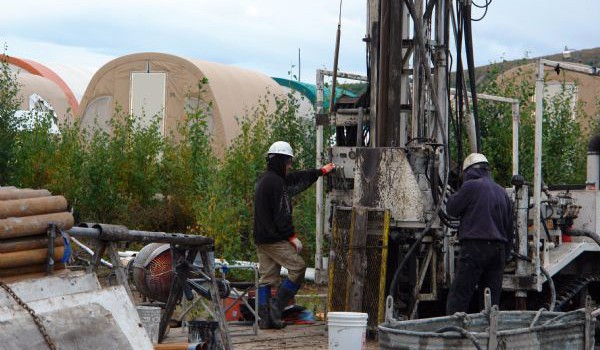


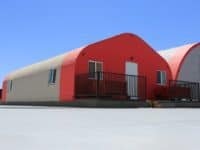

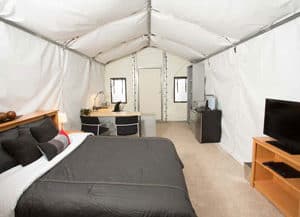

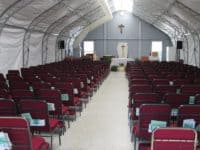
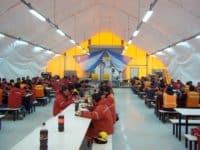
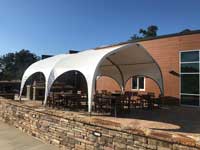




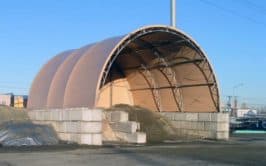
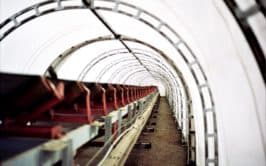
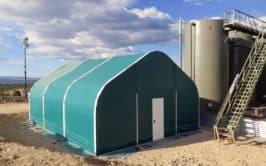



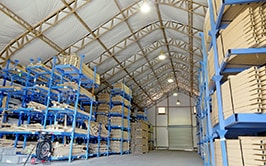
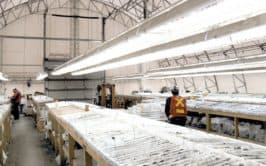
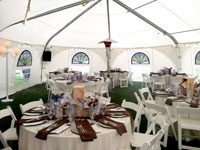
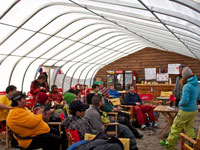

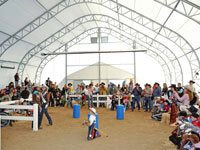
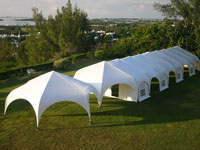

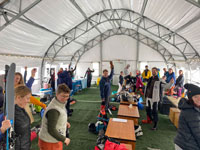
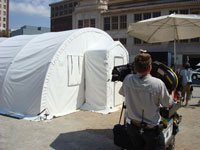
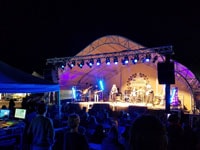




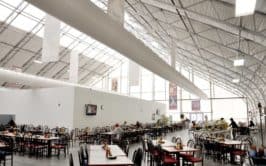

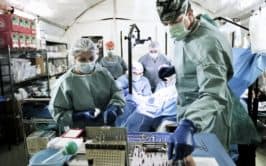




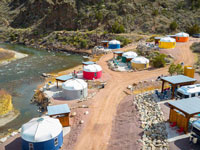
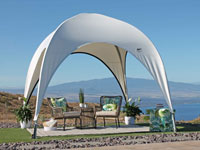

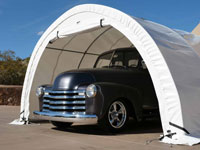
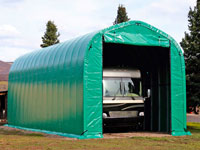




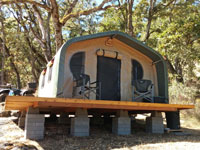
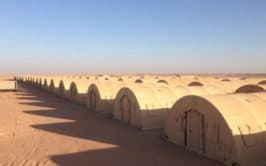

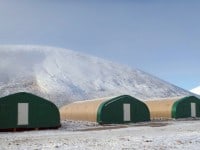
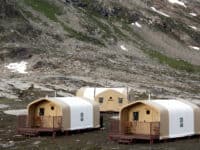
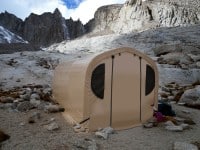
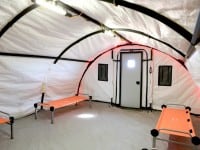
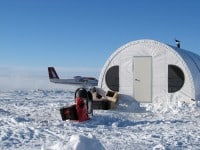
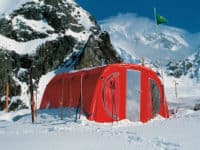


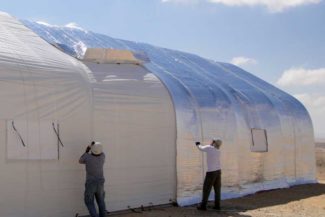


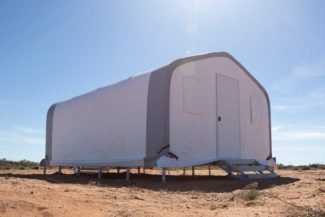

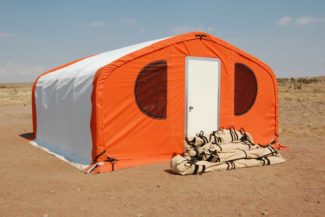




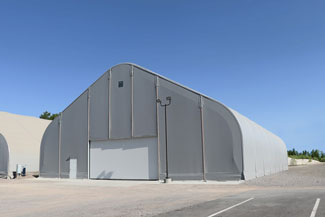

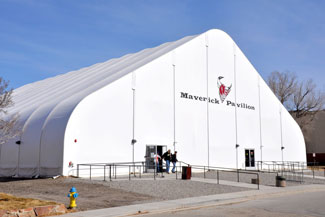
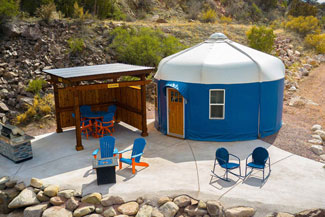
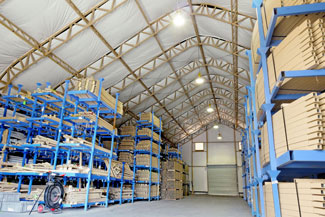

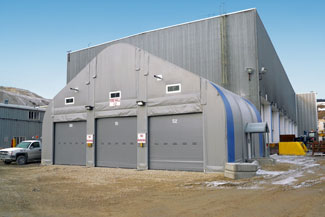
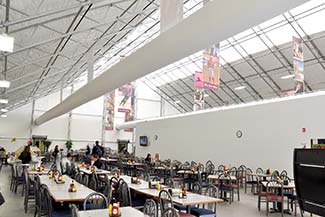

Leave a Reply